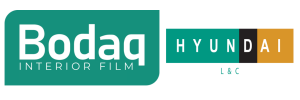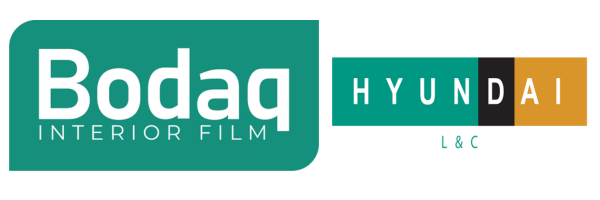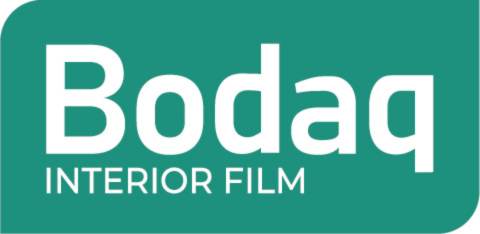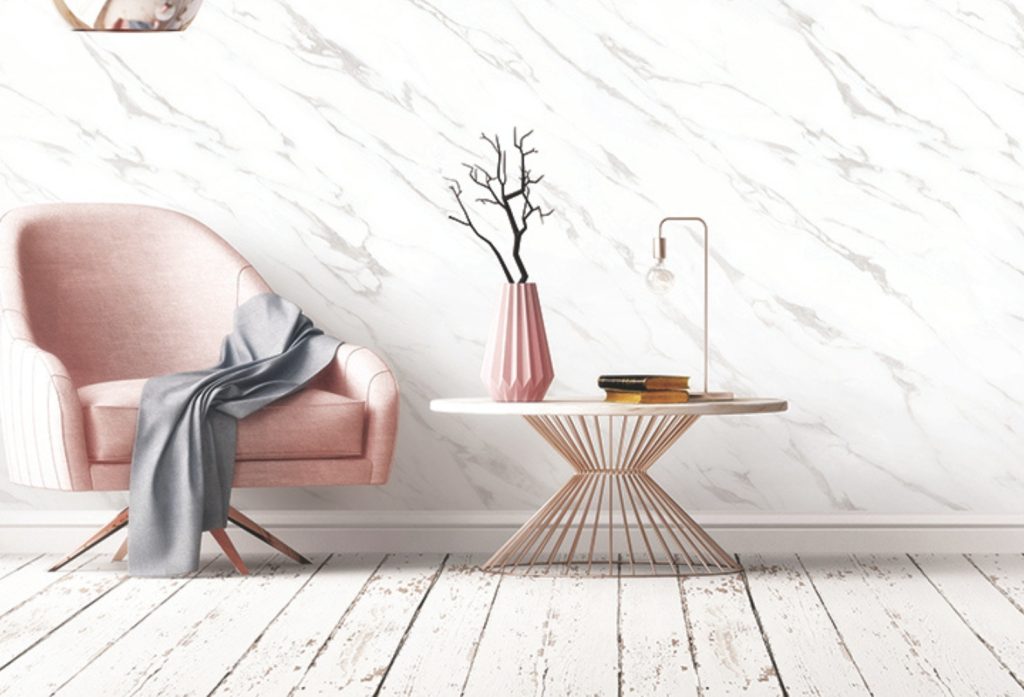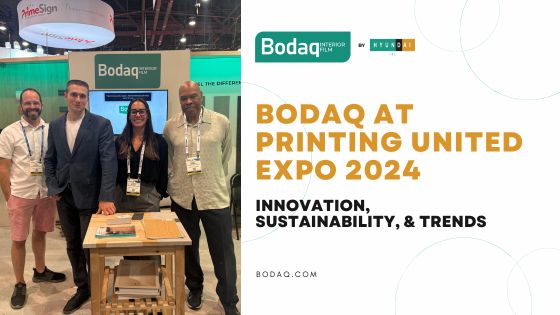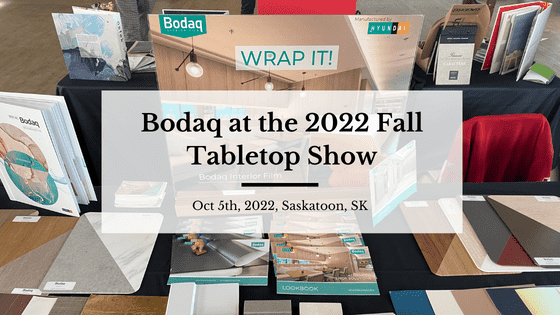Bodaq Film in the Interior Designer Work.
Table of Contents
When an interior designer creates a new space, they face multiple concerns simultaneously. Will this project fit the budget? Will it hold up after ten years of heavy traffic? Can it stay the test of time? Can it be updated further? Are materials sustainable? Is it easy to find the required materials?
Choose finishing materials.
Myriads of material types are impossible to list. For furniture, it can be acrylic, wooden, or glass surfaces. For walls and panels, one can execute exquisite marble or wallpaper. The list continues indefinitely, and the limit is the customers’ preferences and budgets. Any designer needs to answer positively to most of the questions mentioned above if they want to satisfy a client.
The times are changing, and so are trending materials. Nowadays, many people in the industry choose decorative vinyl finishes for various design objectives. Vinyl finishes are also called interior or architectural films. In this post, we would like to take a closer look at the interior film benefits and application possibilities for designers.
Interior film benefits for designers.
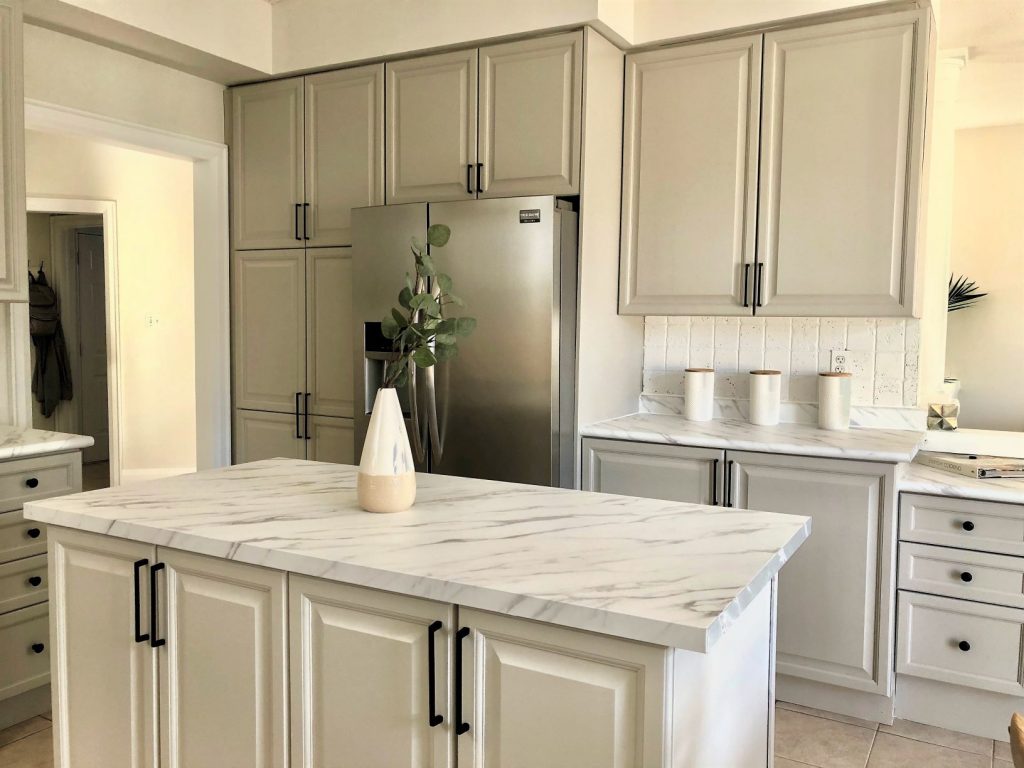
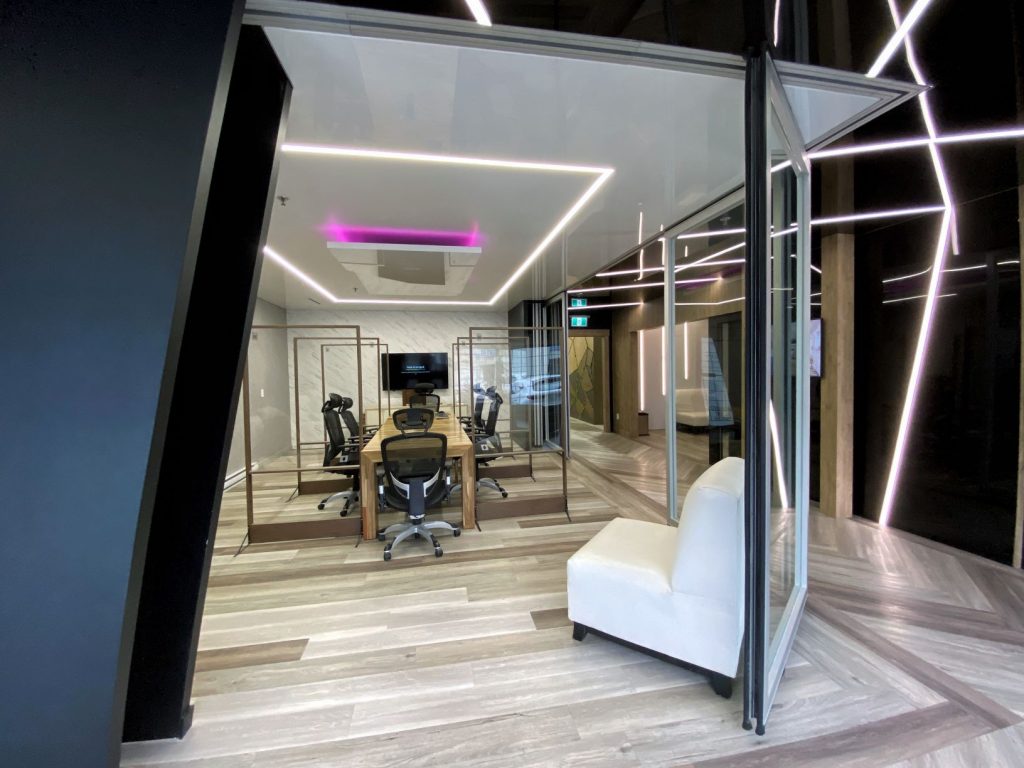
1. Architectural films replicate natural materials.
You are a designer and want the best outcome for your project – the newest and best materials. Sometimes you need wood rails, marble walls, and concrete panels for concrete wall interior design (just like at the office pictured above). Such materials have a specific tactile sensation, like a cold marble surface or rough wood grains. Bodaq Interior Film replicates them flawlessly. It is why decorative vinyl is popular in interior design. People who see the project in real life cannot tell the difference between the natural material and the film. A table wrapped with wood vinyl or a natural wood table? Unless you did the installation, you could not tell which one it was.
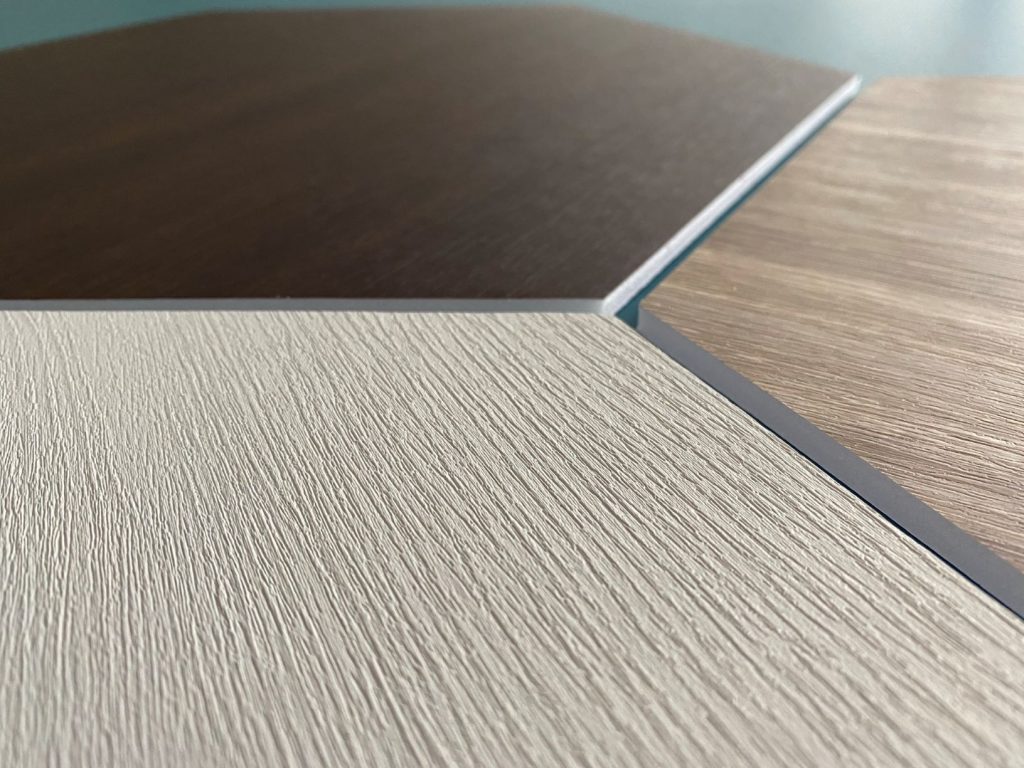
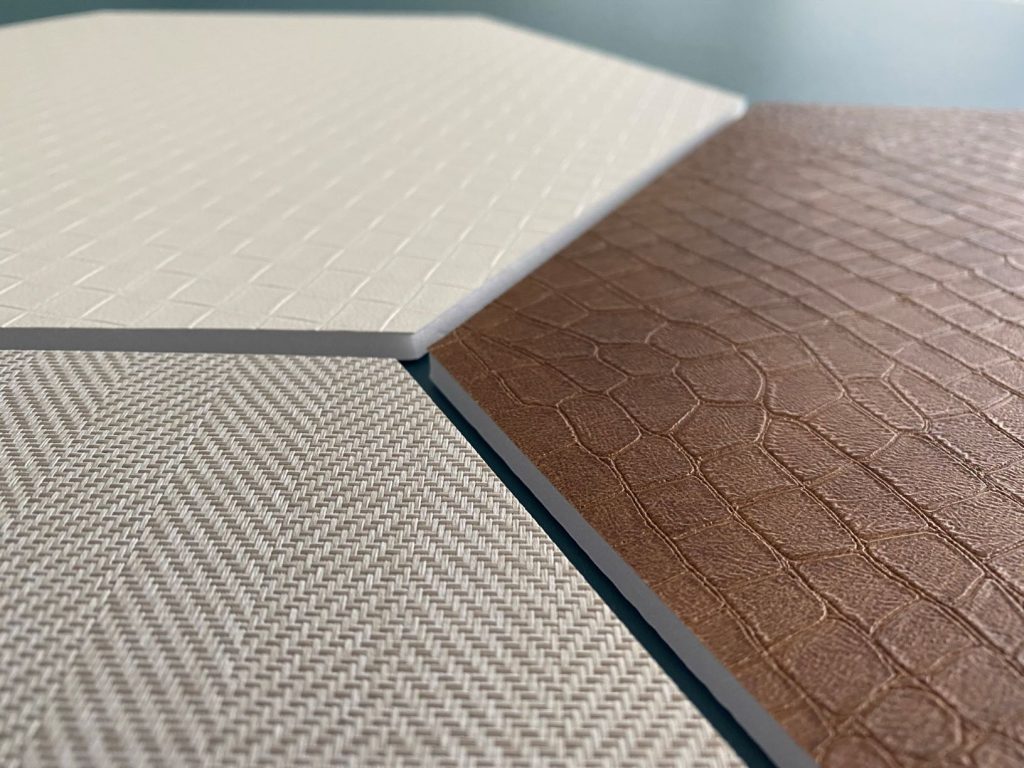
2. Cost savvy and durable.
Both clients and designers want to achieve the best design quality possible, but the complicated installation and material pricing may restrain the result. For example, the average renovation cost for office space is $200 per square foot. Contractors and installers who work with vinyl, on the other hand, usually charge only $8-12 per square foot. Even if it is an incredibly intricate work, like a front door with multiple panels, stiles, and rails, the pricing would be multiplied by three. Still, it is a more budget-friendly option than a typical office renovation. The resulting brand new office door will look the same whether you order a custom design or wrap it with the interior film.
Many have had an unpleasant experience with old-school vinyl substitutes, so they are used to thinking low-cost compromises quality. Counterintuitively, it is quite the opposite. Bodaq interior films maintain the original appeal and preserve texture characteristics for 10+ years. Skipping tedious details about Hyundai L&C vinyl manufacturing with the air-release technology, we can say that vinyl is more durable than many natural materials. For example, a table wrapped with vinyl wood is more resistant to scratches, moisture stains, and other damage types.
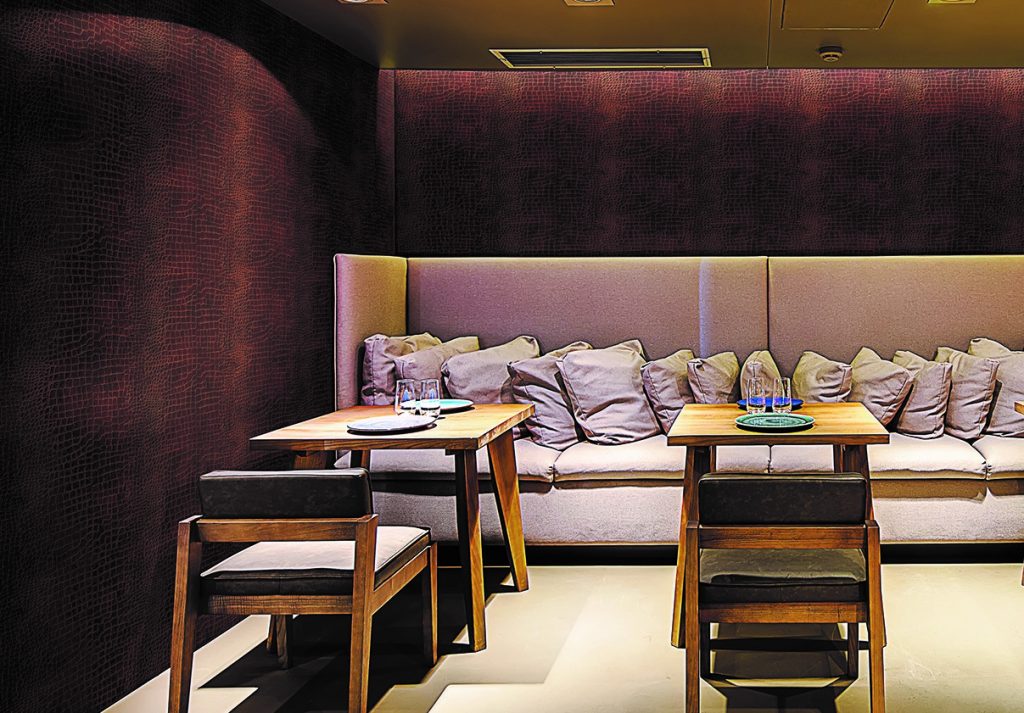
3. Design flexibility.
You can combine solid black with high gloss white on any surface. You can turn a wooden chair into a concrete one. Virtually every designer has some ideas that are hard to implement in real life. Like golden cabinets and metal drawers, such ideas sometimes do not associate with common sense.
The picture below, on the contrary, tells us otherwise. It is because the cabinets and drawers were wrapped with Bodaq architectural film. Additionally, the project is adjustable in the long term. When the kitchen owner gets bored with the dazzling color palette, it is easy to apply a new film pattern on top of the existing one.
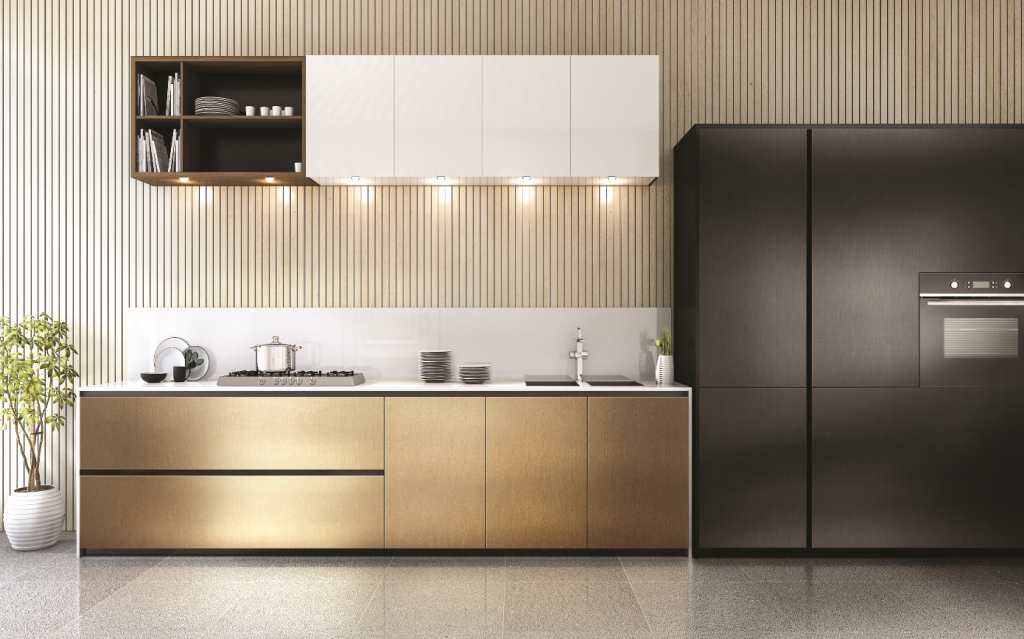
4. Interior film is a sustainable practice.
In the twenty-first century, choose materials for your house wisely. Sustainability is the predominant concern of many people whether they choose items for decor or everyday use. One of the reasons why natural materials score over plastic substitutes is sustainability. And the interior film brings the same benefit to the table at all stages:
- Manufacturing and installation. Raw materials for Bodaq vinyl film are natural gas, salt water, and air. Everything is available in abundance and does not hurt the environment. The film installation does not require any toxic adhesive or anything like that. Remove the paperback and apply the film to the surface.
- Exploitation. The vinyl film, produced by Hyundai L&C, does not have phthalates or formaldehyde and is atopy safe for babies. Bodaq technical certificates state a minimal ecological footprint during interior film manufacturing.
Interior design is a visual art, so one picture is worth a thousand words. Visit the Bodaq gallery and see with your own eyes how interior films may vary in texture and colors.
